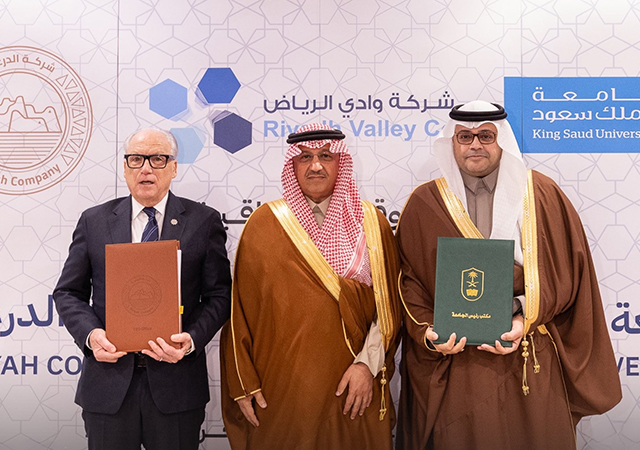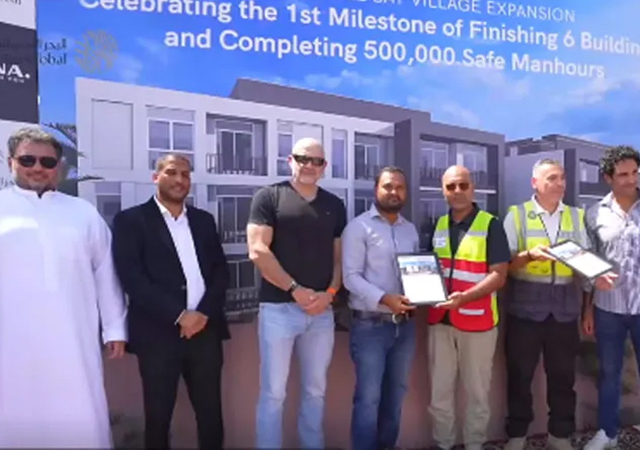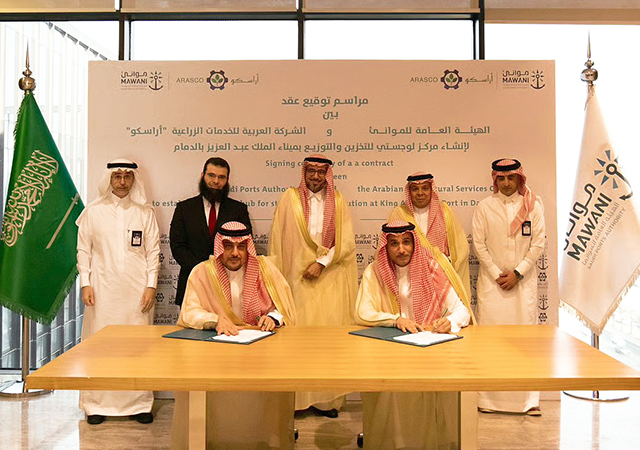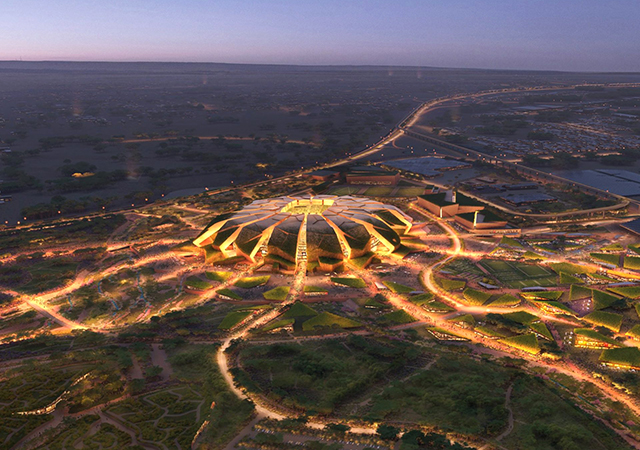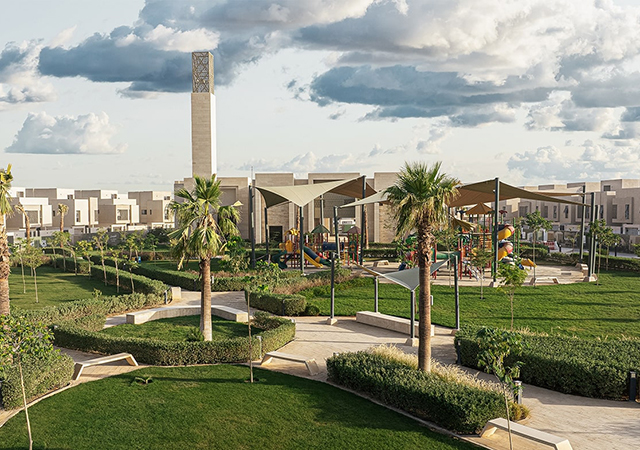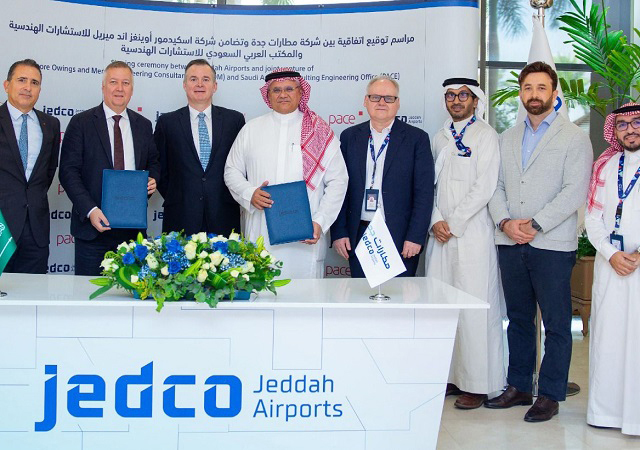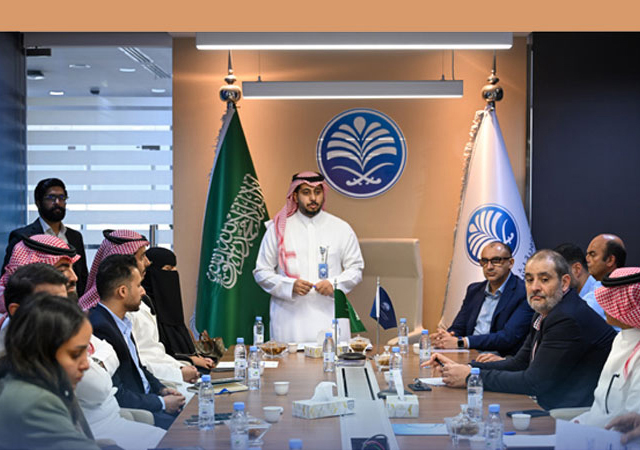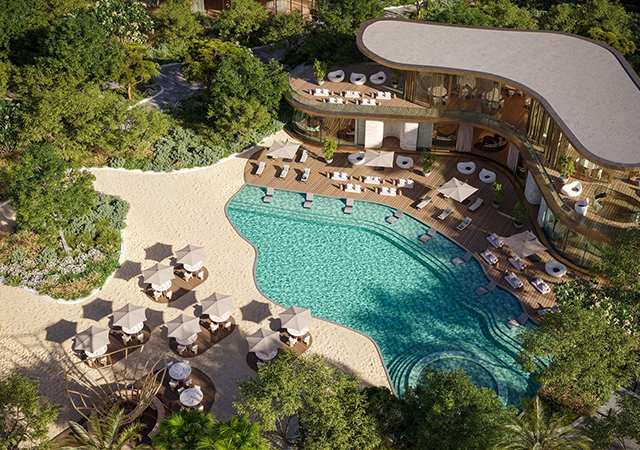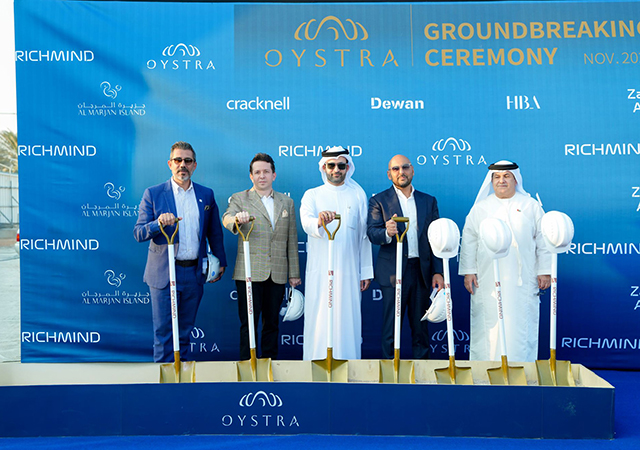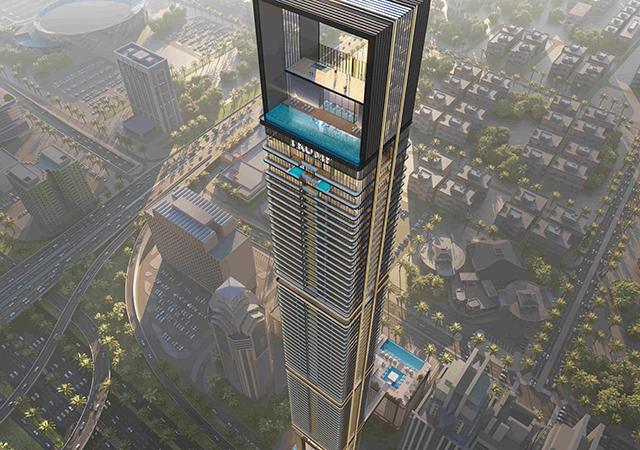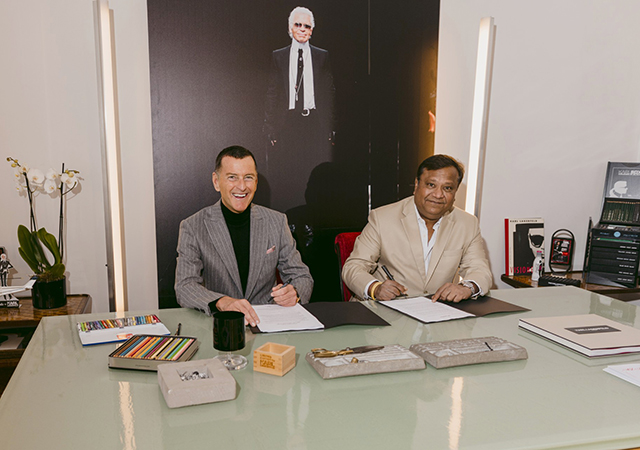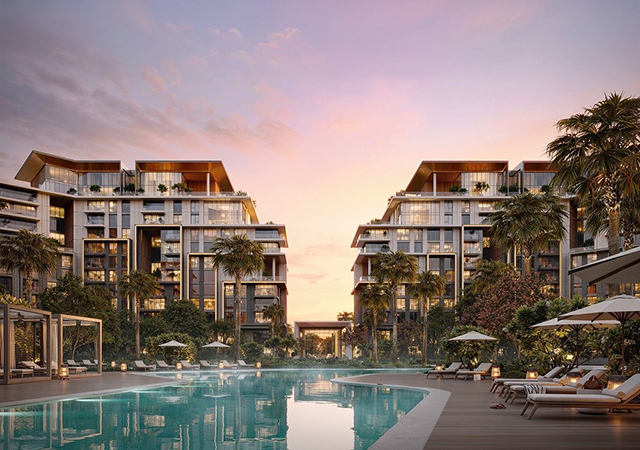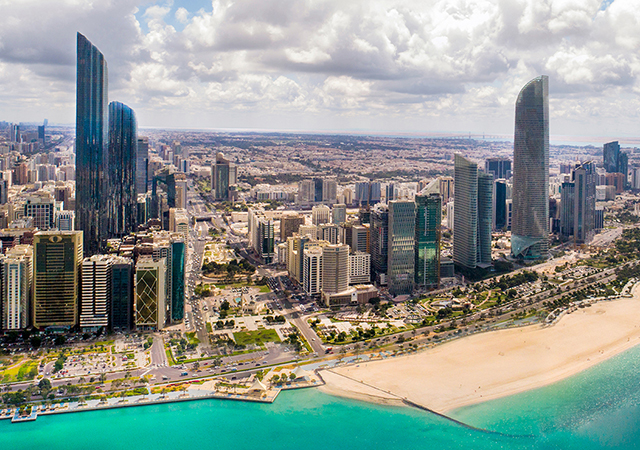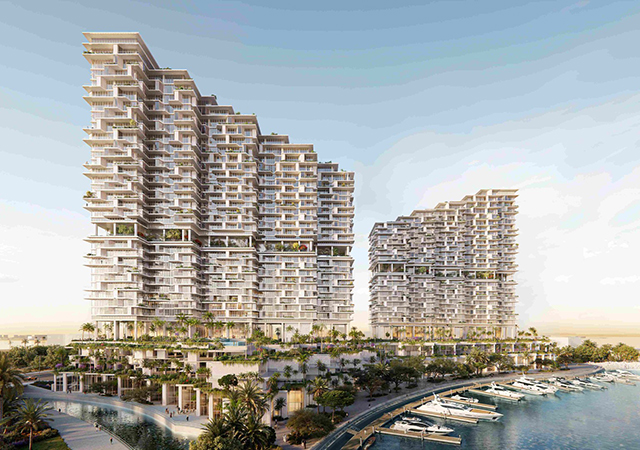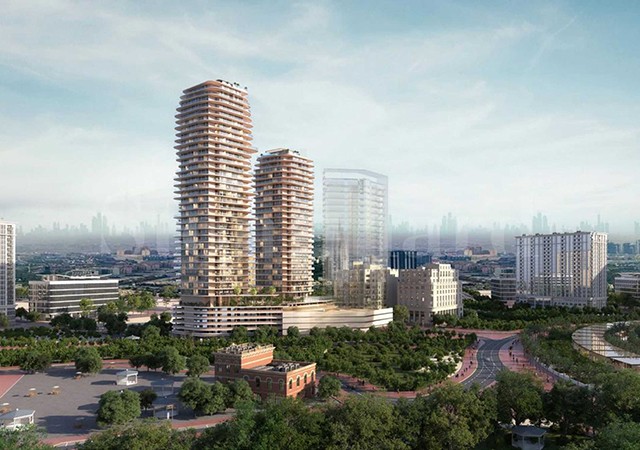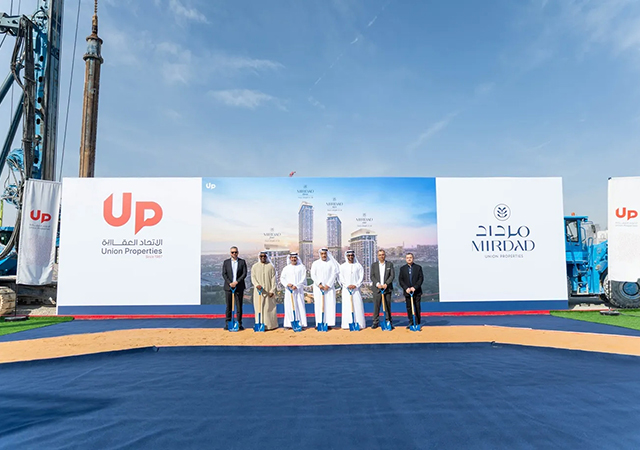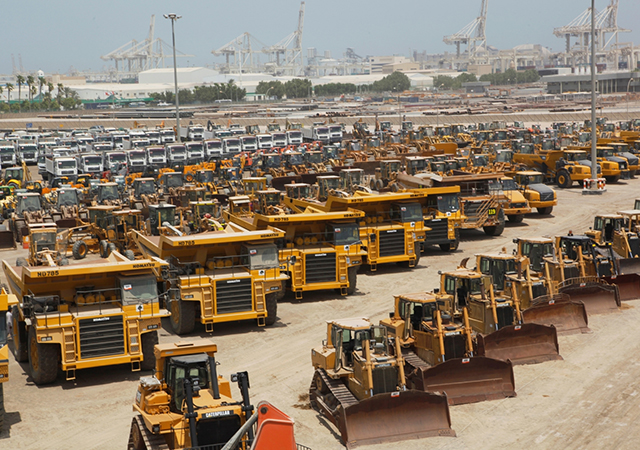 37% of the world’s CO2 emissions stem from the construction and operation of buildings.
37% of the world’s CO2 emissions stem from the construction and operation of buildings.
As a globally active group specialising in sanitary technology, Geberit aims to play a leading role in the transformation towards a sustainable sanitary industry. Its innovative, high-quality and durable sanitary products have a positive impact on the industry, society and the environment.
Building labels
Building standards such as LEED (Leadership in Energy and Environmental Design), BREEAM (Building Research Establishment Environmental Assessment Method) or DGNB (Deutsche Gesellschaft für nachhaltiges Bauen - German Sustainable Building Council) show how buildings perform in terms of sustainability. Geberit products can contribute to the certification of the building. The areas of water, sound insulation and materials are particularly relevant.
More than one third of global CO2 emissions stem from the construction and operation of buildings (2022: 37%). The leverage for reducing emissions is particularly high here.
How sustainability certificates for buildings work
Labels are used to assess buildings transparently in terms of their sustainability. Here, an auditor classifies the building on the basis of a detailed catalogue of criteria. The rating is then verified by an independent certification organisation.
The composition and weighting of the assessed topics and criteria differ from label to label. Most certification organisations work with a points system; the more criteria from the catalogue are fulfilled, the more points the building receives. Depending on the number of points, the building achieves a different certification level. Commonly, bronze, silver, gold and platinum excellence levels are awarded.
The assessment or certification always refers to the building, not to individual products.
In addition to environmental issues such as a building's electricity and heat requirements, pollutant emissions or resource use (including recycling content and CO2 emissions), life cycle costs, social aspects (such as accessibility), building management (waste and noise on the construction site, demountability), mobility (connection to public transport), indoor climate, location and surroundings (green spaces) are also assessed.
National and international standards
There are now many different sustainability labels in the building sector. Internationally, three organisations and their certificates have become particularly established: LEED, BREEAM and DGNB. Depending on the market, other national standards are common, such as Minergie (Swiss constructon standard), HQE (Haute Qualité Environnementale in French), WELL, Nabers or Green Stars.
The standards are continuously being developed. This means that there are different versions of the same standard, which makes the comparison difficult.
The importance of labels for the building sector
Labels provide transparency and enable the comparison of buildings. Certified buildings generally mean fewer risks and long-term value retention for builders and investors, as they are characterised by high quality and durable materials.
Building labels are also becoming increasingly important for product manufacturers such as Geberit. Since the assessment of the sustainability of a project depends on the products used, the incentive to optimise one's own products in terms of sustainability is growing.
How do Geberit products contribute to certification?
Sanitary products are one element of many in a building and only account for part of its ecological footprint. Nevertheless, Geberit products can make a contribution to the certification of a building.
Depending on the label, each area (operating energy, indoor climate, resources, economy, etc) is rated differently. The use of resources, including water, is one of the higher weighted categories. This involves water-saving flushing systems, drinking water hygiene, possibilities for using rainwater and greywater (slightly polluted wastewater from baths, showers or washing machines) and efficient wastewater disposal. With its water-saving flushing technology (dual flush, flush valve 212), for example, Geberit contributes to a building's overall higher sustainability performance. The criterion of drinking water hygiene, to which Geberit can contribute with hygiene flush units, is also becoming increasingly important.
Geberit can also score points on the topic of resource conservation with products made of recyclable material or with solutions that contribute to a high level of space and material savings, such as the SuperTube drainage system.
Points are also awarded for solutions that increase sound insulation, because noise reduces the quality of life. Geberit sound insulation solutions, such as the sound-insulating Silent Pro and Silent PP drainage systems, minimise noise emissions resulting from drainage.
Geberit products score particularly well with water efficiency, sound insulation and use of materials/resources.
The so-called Environmental Product Declarations (EPD) also have a positive influence on the points awarded. They provide transparent, quantified and comparable information on the ecological footprint of building products. Building products with an EPD facilitate an ecological assessment of a building. At Geberit, products with an EPD now account for 30 per cent of sales.
Products with an EPD are an advantage in the certification process because they facilitate the ecological assessment of a building.
The following areas are highly relevant as far as Geberit products are concerned:
- Water demand and quality (drinking water hygiene): This criterion assesses how much water occupants use, how much wastewater they produce and whether rainwater is reused. It takes into account all solutions that help to use or save water efficiently. Geberit offers water-saving urinals, flushing technologies such as dual flush and the water-efficient Geberit WC system. Geberit can contribute to the criterion of drinking water hygiene with hygiene flush units.
- Sound insulation: This is about ensuring that the building is well insulated against noise. Geberit products such as sound-insulating drainage pipes, sound-decoupled pre-walls or acoustically decoupled WCs help to reduce noise. This is particularly important for the BREEAM and DGNB labels.
- Pollutants/pollutant emissions: This is about the absence of hazardous or harmful substances as well as minimum requirements for indoor air quality. Proof is provided by specifying the materials used. Here, environmental product declarations and other verification documents create transparency.
Areas with medium-high relevance for Geberit include:
- Circular construction – recycled materials and recyclability: Certain standards require proof of recycled materials. The respective information, for example the proportion of recycled plastic in Geberit flush and fill valves, helps with certification.
- Use of renewable building materials such as wood: This involves the use of wood and wood products that originate from sustainable forestry and have the FSC or PEFC label. Certified bathroom furniture can be an advantage over competing products.
The most important international building labels are:
LEED
At a glance:
- The most widespread certification system for sustainable construction worldwide;
- Spread in over 180 countries;
- Holistic understanding of sustainability: environment, people/society and economic efficiency;
- Certification levels: Certified, Silver, Gold, Platinum;
- Current version v.4.1, version 5 will follow soon
What is the significance of LEED?
LEED, a US rating system for the sustainability of buildings, was developed in 1998 by the United States Green Building Council (USGBC). The certification system is one of the most widely used standards for sustainable building worldwide. It is used in over 180 countries. The USGBC, headquartered in Washington, is responsible for the continuous development of the system. Certification requires confirmation from a third independent institution (Green Building Certification Institute) that a building has been developed, planned and realised according to measurable and sustainable aspects. It is applicable to buildings of diverse uses, to new buildings and existing buildings.
Which areas are relevant for LEED?
LEED applies to all phases of the building life cycle. It takes into account all three dimensions of sustainability, the ecological, the economic and the social one.
LEED is based on a point system with a scale of 0 to 110 points (version 4). The assessment is made by awarding points for individual criteria. LEED Version 4 (Version 5 will follow in autumn 2023) evaluates sustainability performance in the subject areas of location and transport, site, water efficiency, energy and atmosphere, materials and raw materials, interior quality and comfort, and innovation and design process.
Depending on the sum of the points achieved, a rating is awarded with one of the following distinctions: Certified (40 to 49 points), Silver (50 to 59 points), Gold (60 to 79 points) and Platinum (80 points and above).
BREEAM
At a glance:
- Europe's most important certification system for sustainable construction (80% market share in Europe, over 500,000 buildings certified);
- Spread in around 80 countries worldwide;
- Holistic understanding of sustainability: environment, people/society and economic efficiency;
- Certification levels: acceptable, pass, good, very good, excellent, outstanding;
- Current version 6.1.
What is the significance of BREEAM?
BREEAM, a British sustainability certificate, is the oldest and currently one of the most widely used certification systems for sustainable construction. It was developed in the UK in 1990 and provides a holistic, science-based assessment of buildings that takes into account all three dimensions of sustainability.
BREEAM is an internationally established benchmark for sustainable design, construction and operation of buildings. The rating system is used in around 80 countries. According to its own information, BREEAM as a certification standard achieves a market share of over 80 per cent in Europe. More than 500,000 buildings are certified according to the BREEAM system and over one million are registered for certification.
Which areas are relevant for BREEAM?
BREEAM is applied to a wide range of buildings, from residential homes and estates to industrial buildings and public buildings. The scoring system with a scale of 0 to 100 points results in a seal of approval in five (new buildings) or six (existing buildings) degrees of excellence.
The following areas are covered: energy, water, materials, waste, land use, ecology, health and well-being, management, transport. The degrees of excellence, represented as stars, are: acceptable, pass, good, very good, excellent and outstanding. A certification is valid for one year and must be confirmed annually.
To receive the “outstanding” excellence level, the building must achieve at least 85 points (out of 100). In the UK, where the certificate comes from, only one per cent of the assessed buildings reach this level.
To receive the rating “excellent”, at least 70 points are necessary. About 10 per cent of the assessed buildings were rated as “excellent”.
DGNB
At a glance:
- Large European network for sustainable construction (80% market share in Germany in the new construction segment);
- More than 10,000 building projects in around 30 countries worldwide awarded by the DGNB;
- Holistic understanding of sustainability: environment, people/society and economic efficiency;
- Certification levels: Silver, Gold, Platinum;
- Current version 2023.
What is the importance of DGNB?
With around 2,000 member organisations, the non-governmental organisation DGNB is one of the largest European networks for sustainable building. In Germany, it is the market leader among providers of certification systems (80 per cent market share in new construction and 60 per cent in the overall commercial property market). Worldwide, more than 10,000 building projects in around 30 countries have already been awarded by the DGNB (as of July 2023).
In 2009, the DGNB applied its specially developed certification system for the first time to assess sustainable buildings – since then it has been revised several times. In Denmark, Austria, Switzerland, Spain and Croatia, there are partner organisations that take on certain certification tasks in the respective countries. There are certifications for buildings or entire neighbourhoods. The recently-published 2023 version establishes a reference to the EU taxonomy (see below).
Which areas are relevant for DGNB?
The DGNB system is based on a holistic understanding of sustainability that gives equal weight to environmental, social and economic aspects. For certification, the entire life cycle of a project – from construction to operation to end of life – is considered. Depending on the type of building (new construction, renovation, building in operation or deconstruction), different areas are applied: Ecology (preparation of a life cycle assessment), economy (life cycle costs), socio-cultural and functional aspects (health, comfort, user satisfaction, functionality), technology (quality of technical execution), processes (quality of planning, construction and commissioning), location (building environment and infrastructure).
Depending on the degree of fulfilment of the criteria, the DGNB system awards Bronze (only for existing buildings, overall degree of fulfilment from 35 per cent), Silver (from 50 per cent), Gold (from 65 per cent) and Platinum (from 80 per cent). In addition, a certain minimum degree of fulfilment must be achieved in the individual subject areas in order to receive an award.
Other internationally relevant labels and regulations
EU taxonomy
The EU Taxonomy Regulation has been in force in the European Union since 2022. The most important addressees of this regulation are the financial markets. The aim of the regulation is to increase investment in ecological economic activities. For this reason, financial institutions and companies in various sectors, including the construction and real estate industries, must submit reports on this. For the first time, the reporting obligation will apply to companies such as Geberit from the 2025 financial year, when they will have to prove that they contribute to at least one of the six goals of the EU taxonomy:
- Climate protection;
- Adaptation to climate change;
- Sustainable use and protection of water and marine resources;
- Transition to a circular economy;
- Reduction and prevention of pollution;
- Conservation and restoration of biodiversity and ecosystems.
Compliance with the EU taxonomy requirements must be demonstrated by companies that meet two of the following criteria: They employ more than 250 people, their balance sheet total is greater than 20 million euros or their net turnover is greater than 40 million euros.
WELL
At a glance:
- Over 4,000 certified projects in more than 60 countries worldwide;
- Focus on creating spaces that promote human health and well-being (especially workplaces);
- Certification levels: Bronze, Silver, Gold, Platinum.
What is the significance of WELL?
The International WELL Building Institute (IWBI) aims to improve the health and well-being of people in buildings, organisations and communities. With the WELL Building Standard (current version WELL v2), the institute introduced the first international rating system in 2014 that focuses exclusively on the health and well-being of people in buildings. In the meantime, WELL is used in over 4,000 projects in more than 60 countries.
Which areas are relevant for WELL?
Projects can collect points in 10 areas and achieve the following certification levels: Bronze (minimum 40 points), Silver (minimum 50), Gold (minimum 60) or Platinum (minimum 80).
The WELL Standard is made up of 10 core concepts, which in turn include various criteria: air (for example,e indoor air quality), water (drinking water quality, solutions against legionella), nourishment (availability of fruit and vegetables), light (lighting concept), movement (ergonomics), thermal comfort (indoor climate), sound (noise protection), low-emission and resource-saving building materials (no use of harmful materials, waste management), mind (mental well-being, stress management), and community (access to basic health care).
For certification, independent experts must carry out various measurements and laboratory analyses of the air, water, light, acoustics and thermal comfort of the building.



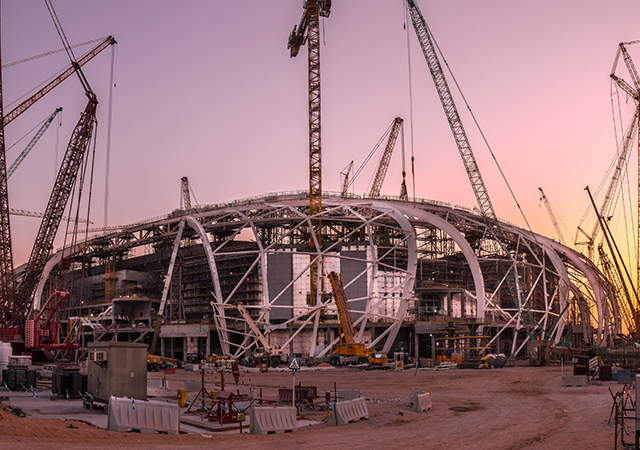
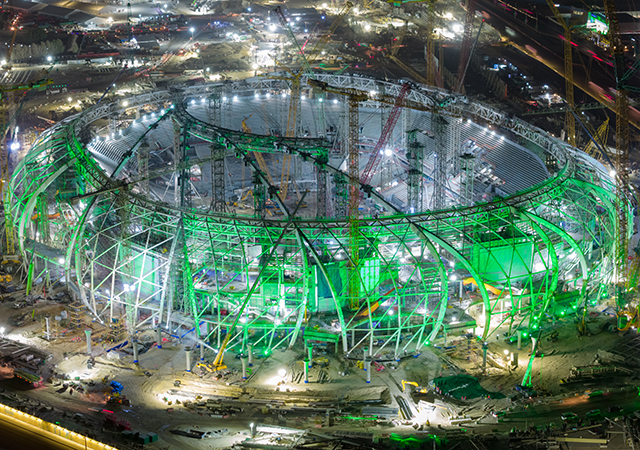


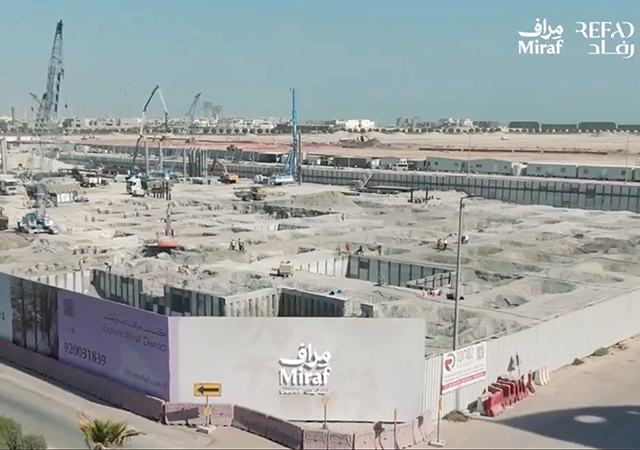
.jpg)



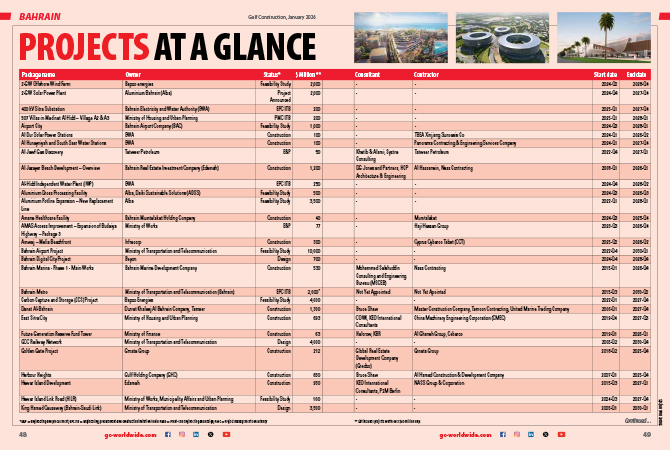
.jpg)
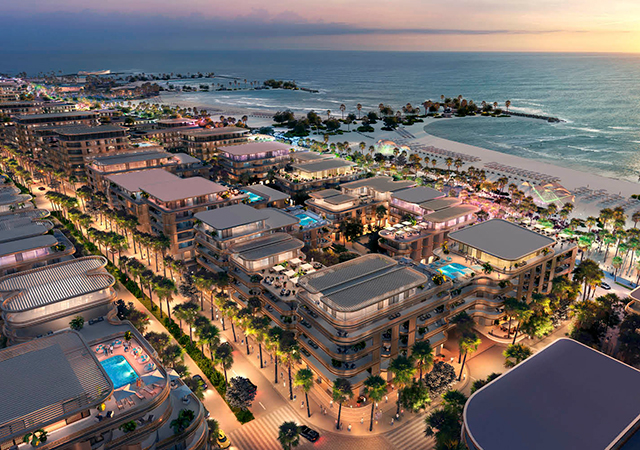
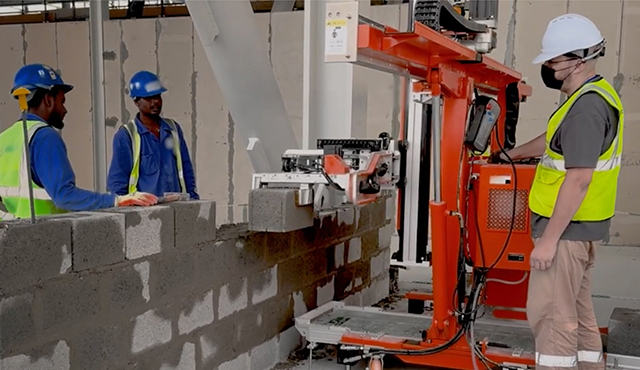
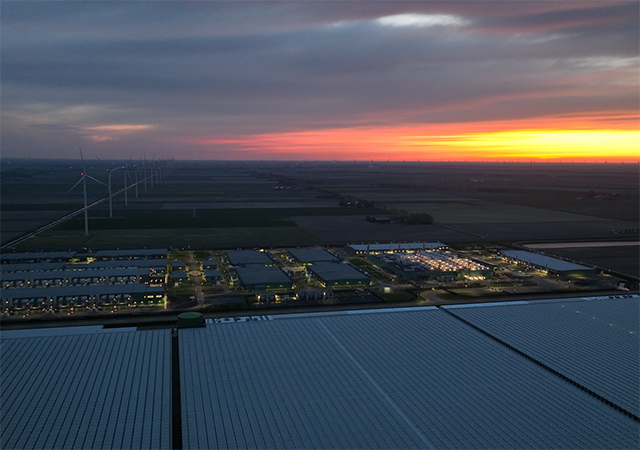
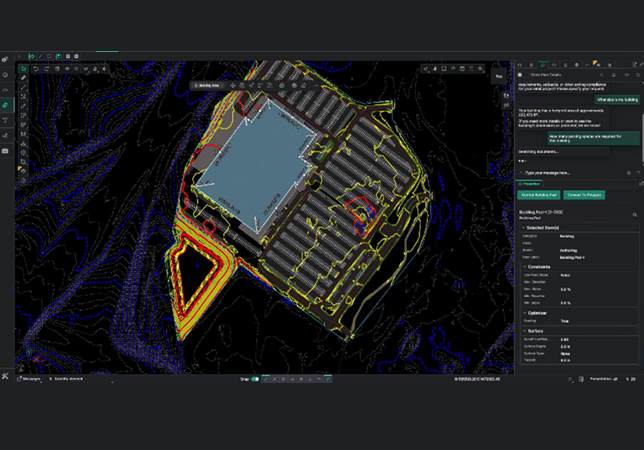

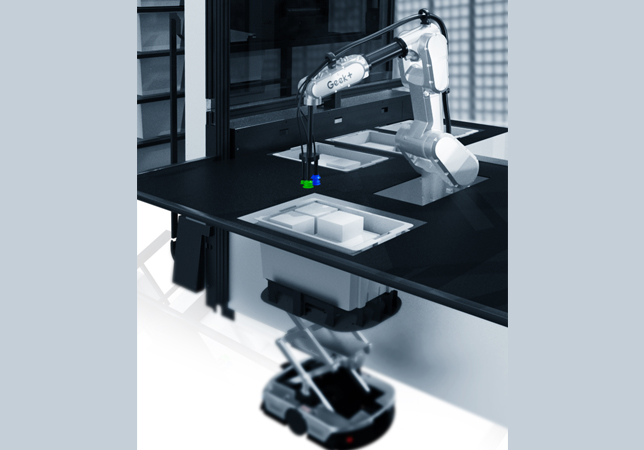


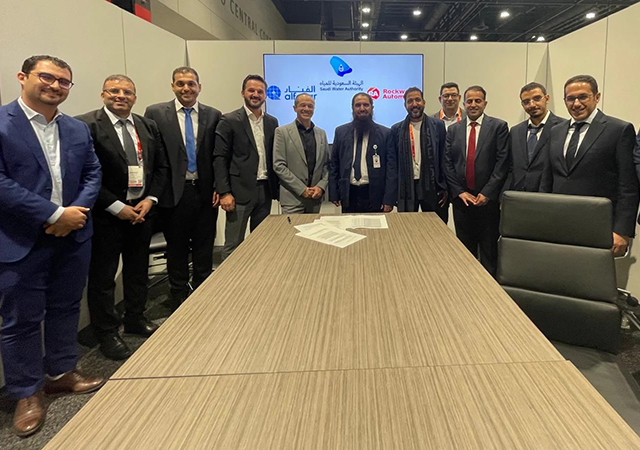

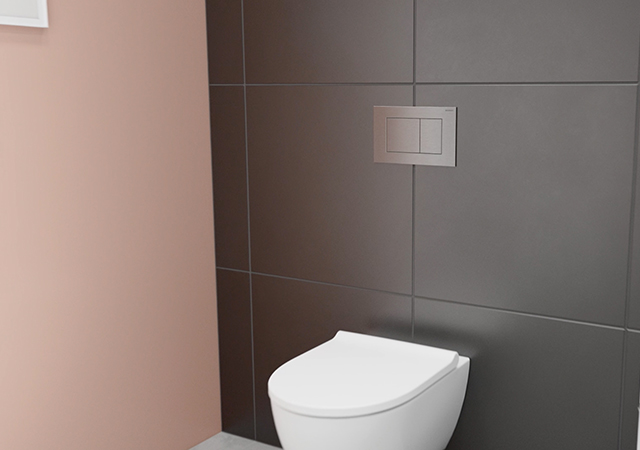



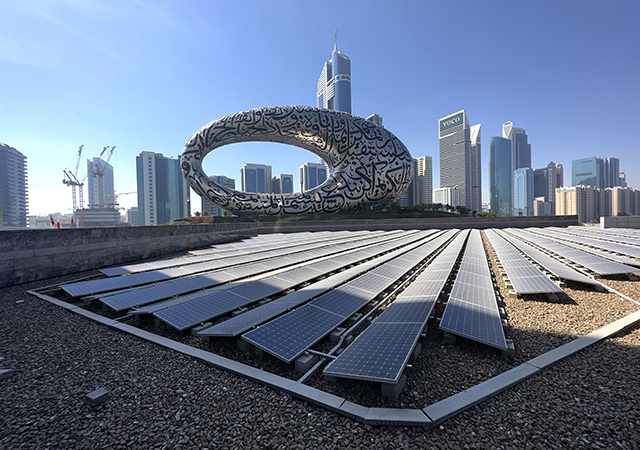
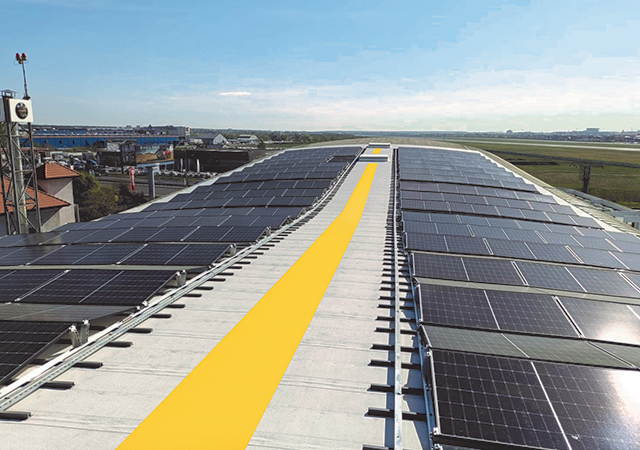
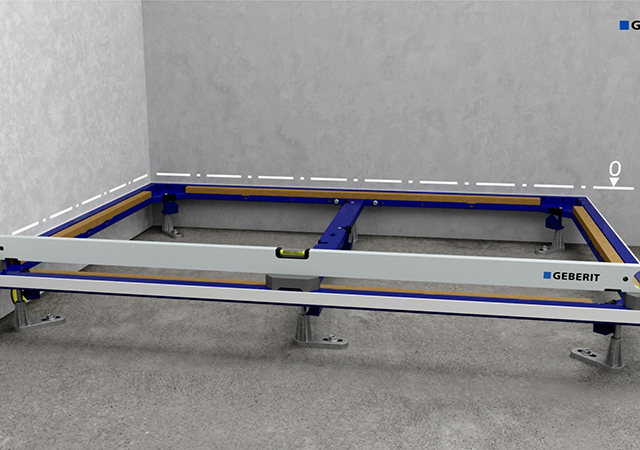

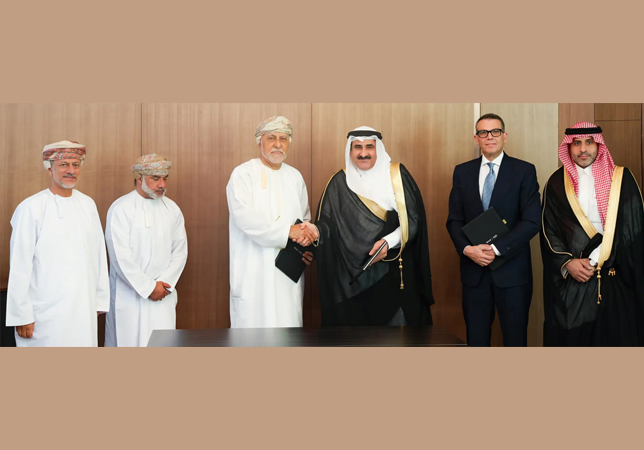




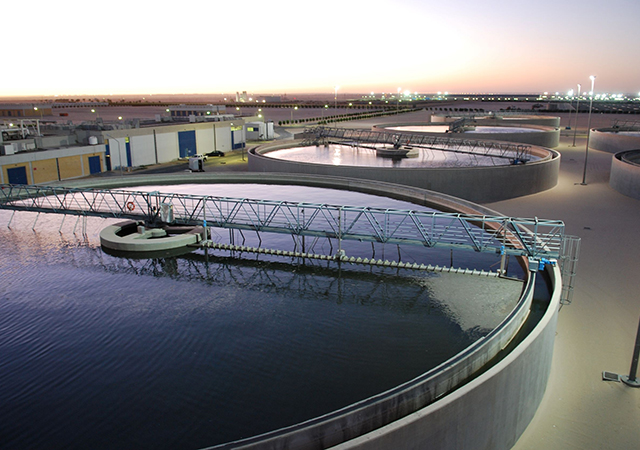
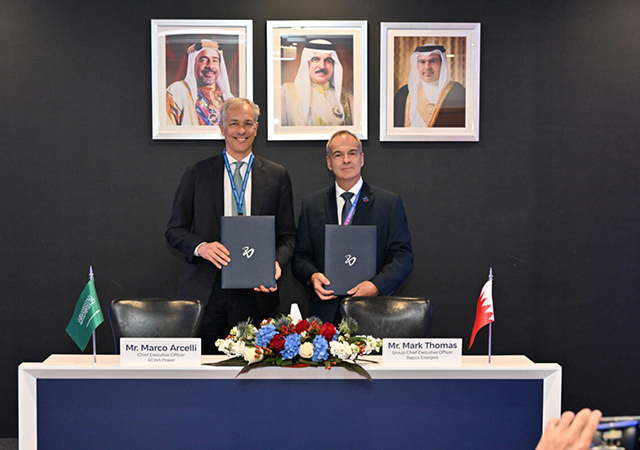

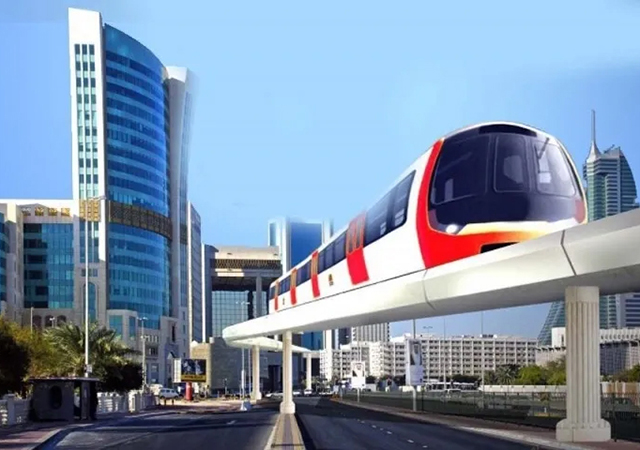
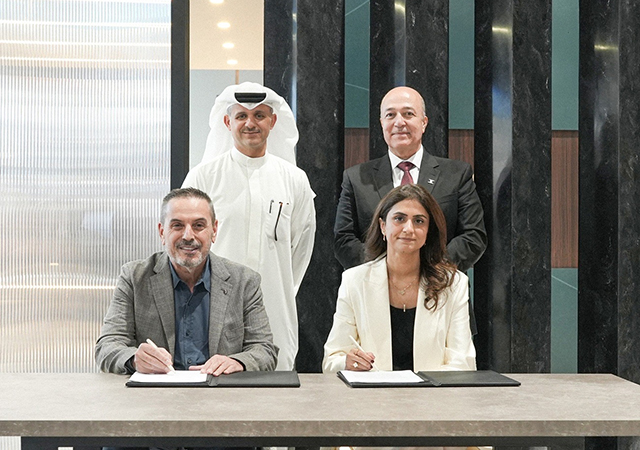
.jpg)
